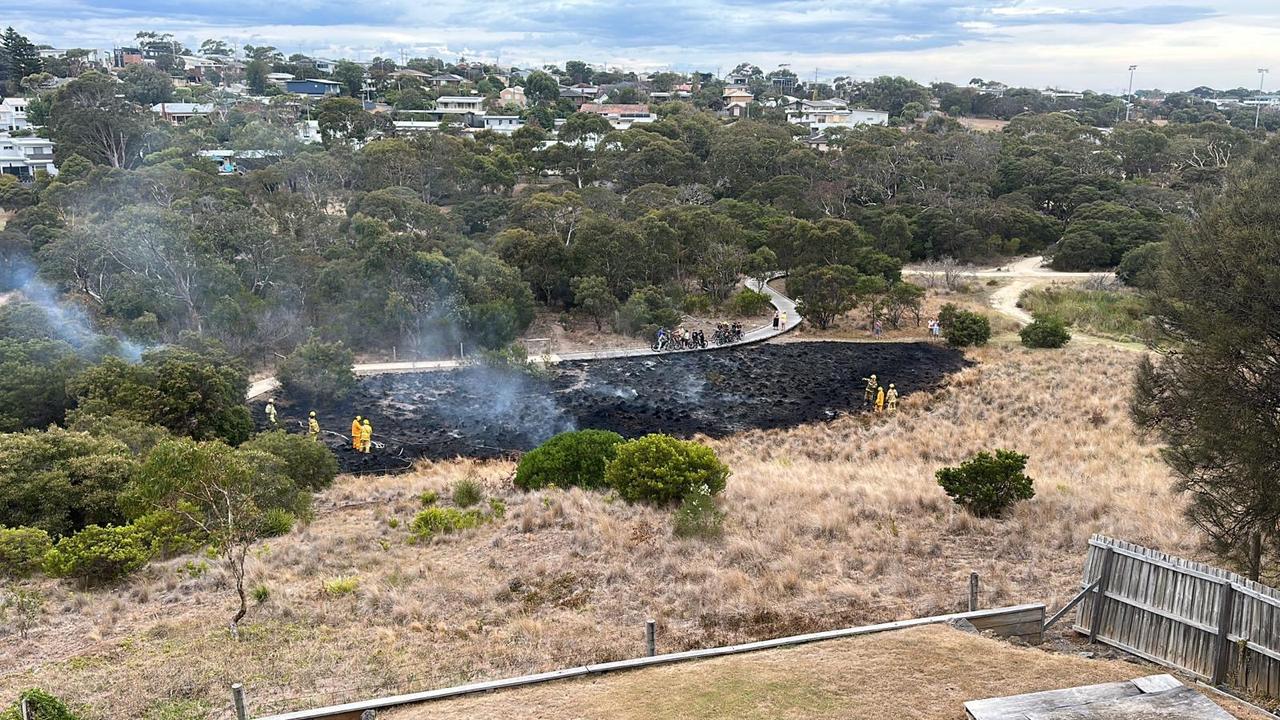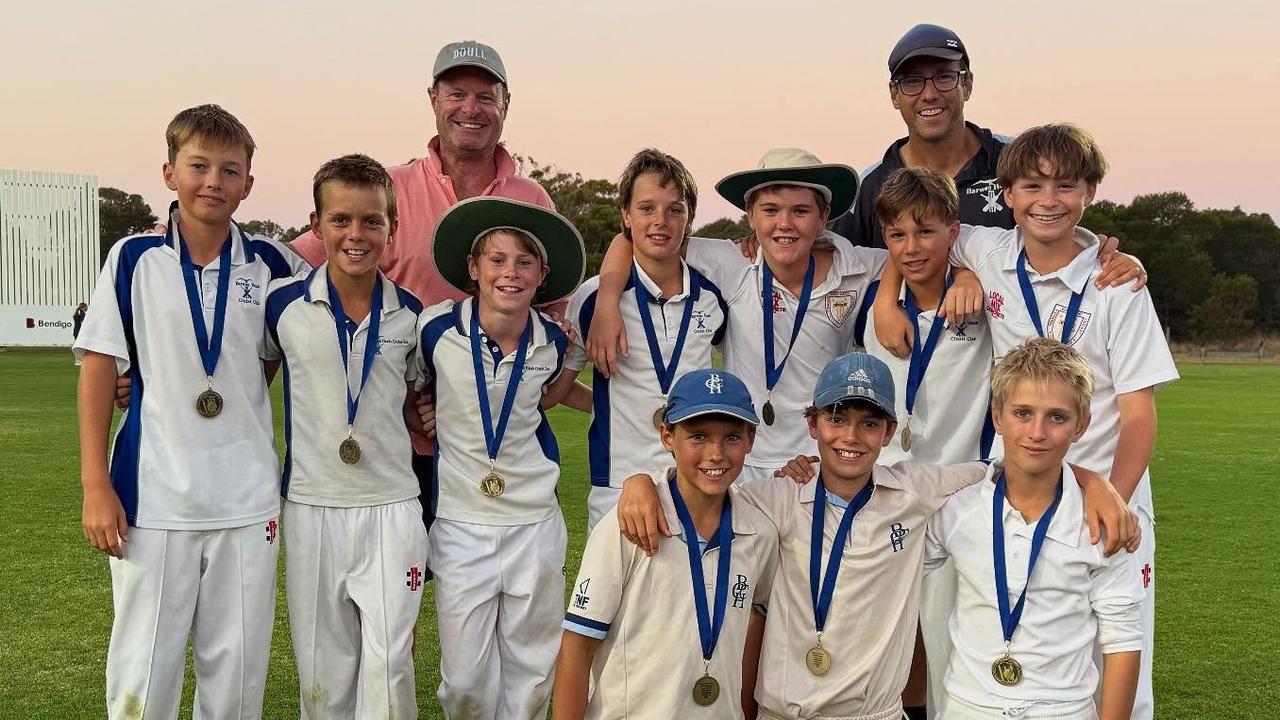Mid-season report card: Geelong United’s best and worst games, star performers so far
Geelong United has officially hit the halfway mark of its maiden WNBL campaign. We take a look at what’s gone right, what’s gone wrong, the best and worst performances and where to from here.
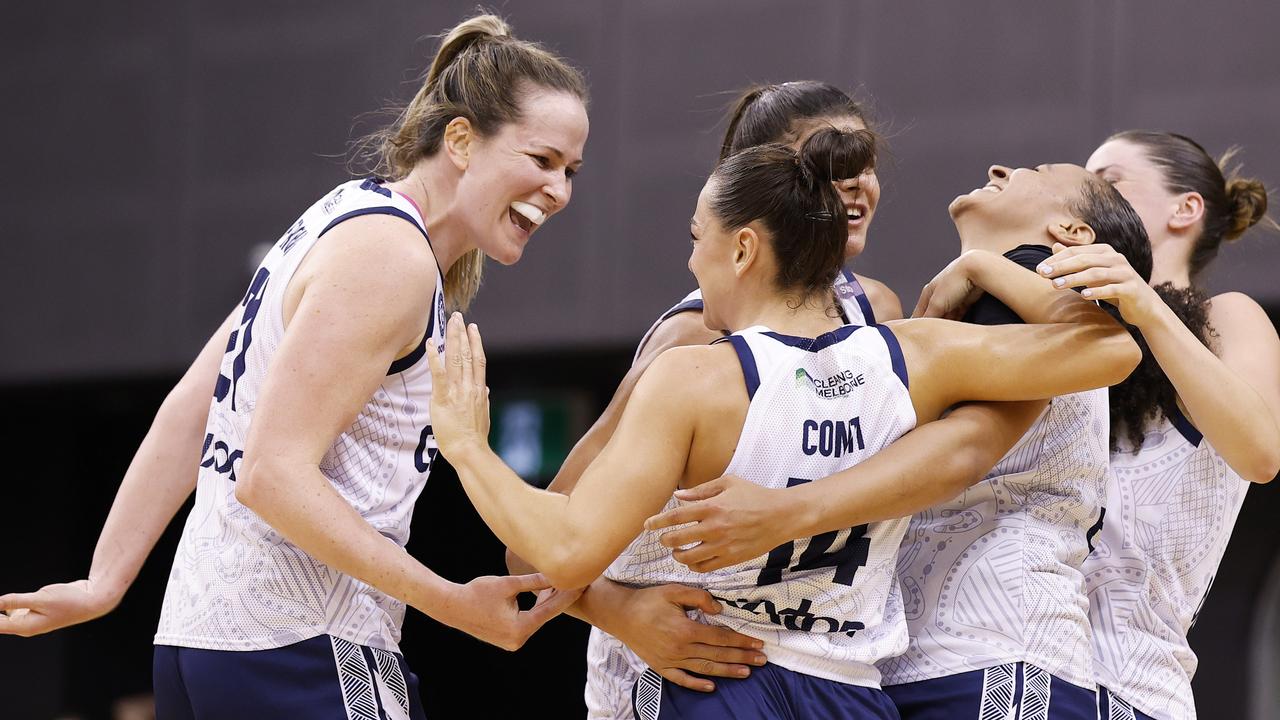
Geelong
Don't miss out on the headlines from Geelong. Followed categories will be added to My News.
Time flies – we’re already at the official halfway mark of Geelong United’s historic first WNBL season.
From the highs of their breakthrough win and a stunning overtime comeback, to the lows of early personnel changes to their current three-game losing streak and poor away record, there has been plenty of storylines colouring Geelong’s first year in the league.
But it’s not just on court United are making a mark, the franchise’s cornerstone ambition of inspiring young basketballers in the region evident to see at many of their home games this year.
We take a deep dive into United’s season so far — what’s gone right, what’s gone wrong — and what is still to come from their final 10 regular season games.
It appears the top three – Bendigo, Perth and Townsville – are fairly solid at the moment but could a swing of form from United see it pushing for fourth spot and a finals run in their first season?
Time will tell.
Season so far in four words
First year growing pains
What’s gone right
Right now, United sit sixth out of eight with a 4-7 record and 86.03 percentage.
The thing with first year teams is it's hard to know what the yardstick measure of success should be, or even if the roster will gel from the get go.
But by all accounts, this is a pretty positive place to be in.
Compared to a Bendigo Spirit, United didn’t build its roster to contend for a championship this year.
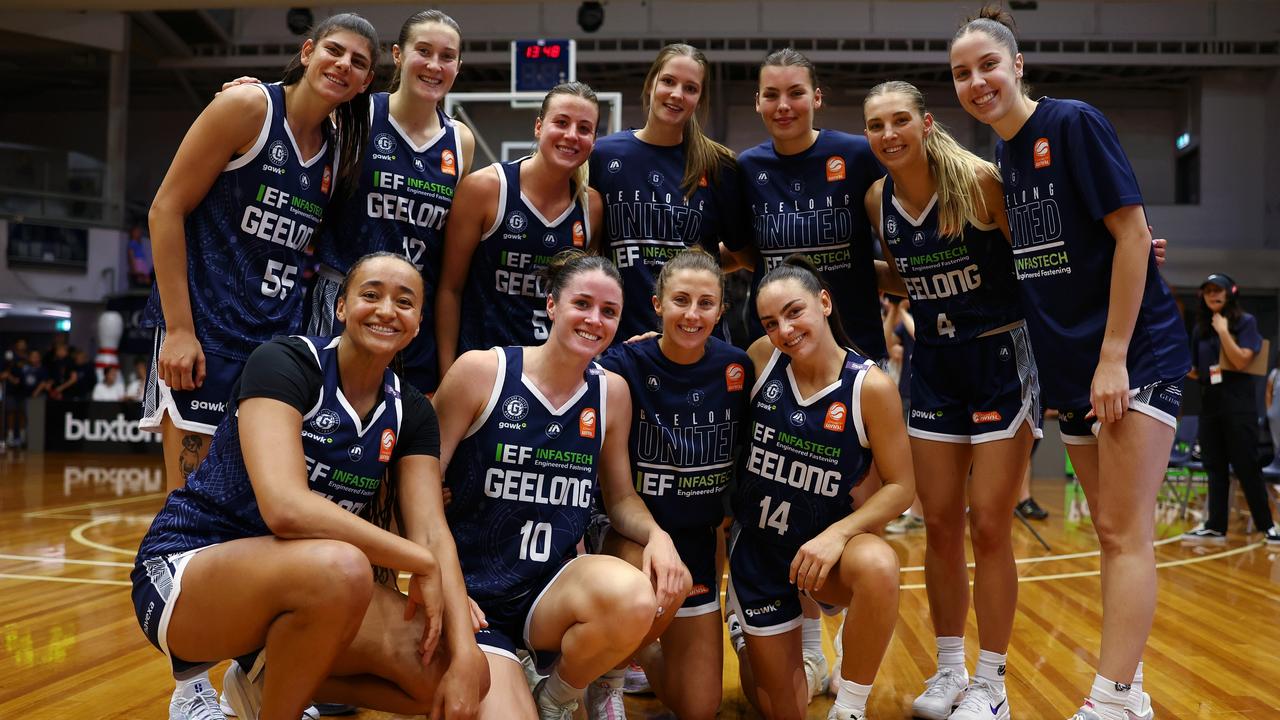
Coach Chris Lucas has consistently reiterated he looked to sign good people first and foremost and culture building in your inaugural year is as important to set the foundations for the years ahead as on-court play.
More times than not, a happy team is a winning team.
Several players have been touted as two-year development players, and the fact a number of those people, including the likes of Gemma Potter, Jaz Shelley and Hannah Hank, are sticking around in Geelong for the NBl1 season speaks to that.
These players have shown sparks of their talent, the likes of Potter and Shelley top 10 in the league for steals and Elissa Brett also in the top bracket in the league for three-pointers.
The goal is to get these players to produce more consistently game-to-game and offer the team a third, fourth and fifth scoring option under captain and Australian Opal Keely Froling and WNBA import Haley Jones.
Signing Froling and Jones has been critical to United’s success so far, the pair undoubtedly its stars, while Monique Conti, though unavailable early due to AFLW clashes, also brings name recognition and strong play on both the offensive and defensive end of the floor.
Strong defensive performances – Geelong is fifth in the league for points conceded – has helped United win a handful of game or at the very least compete, while players’ ability to keep fighting in games should endear them to supporters either way.
What’s gone wrong
Perhaps the worst thing that could go wrong did for Geelong United, the team parting ways with 34-year-old import centre Lynetta Kizer after just one game.
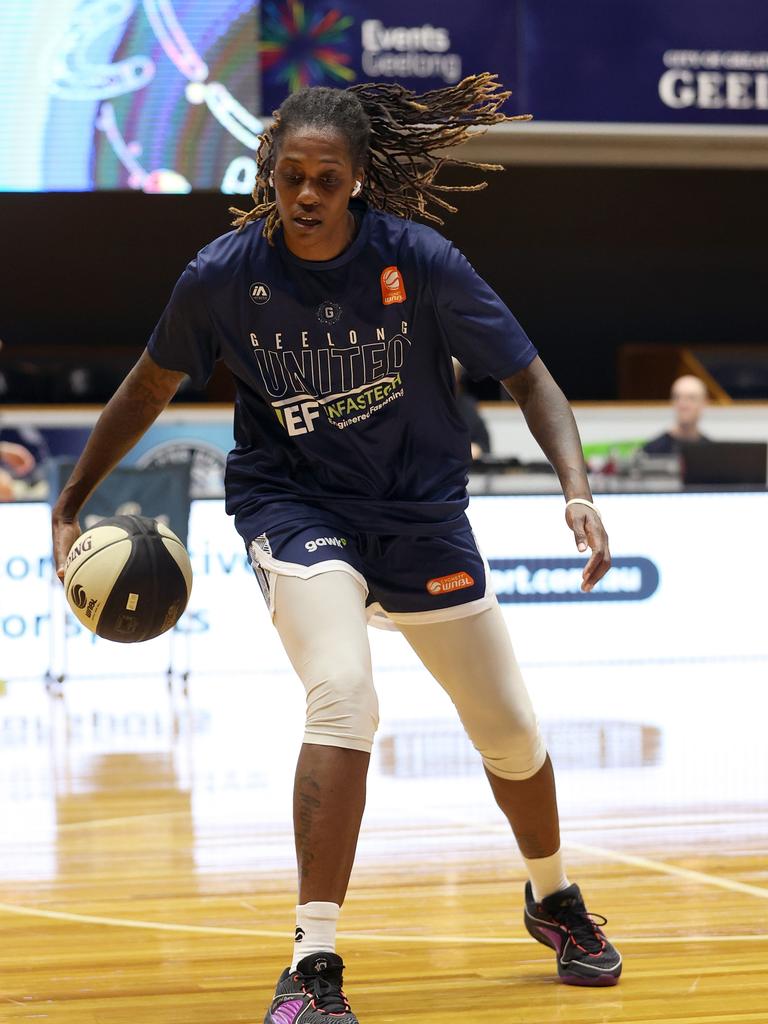
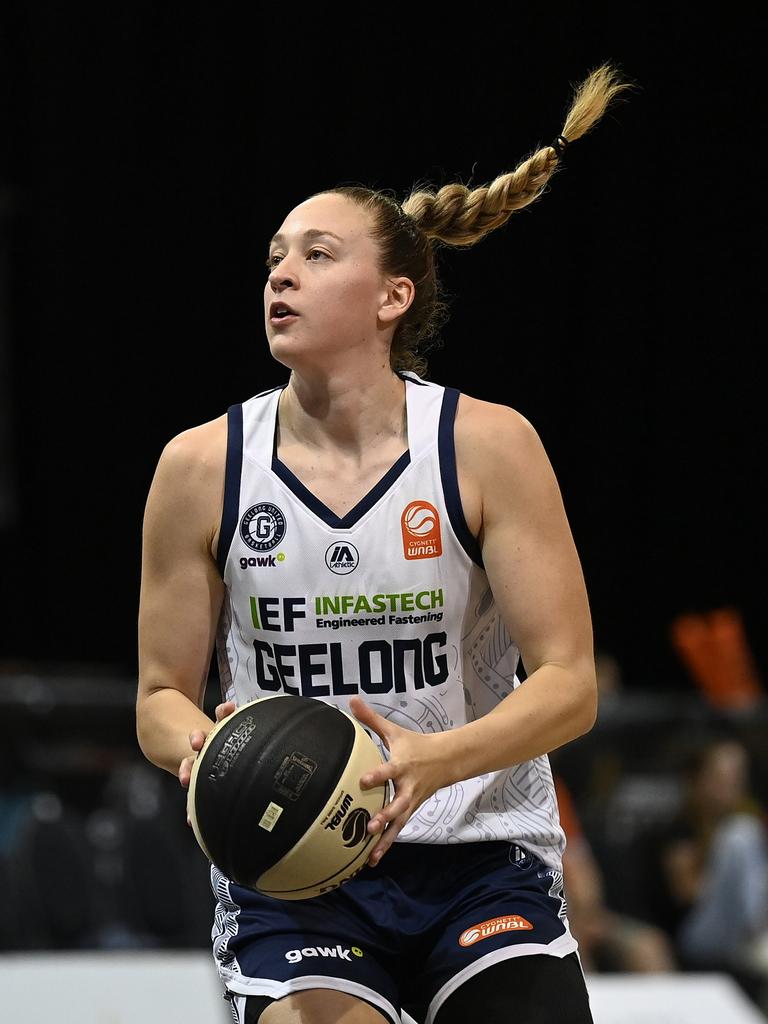
It meant United was down another rotation — at the time already without an injured Taylor Mole and AFLW-occupied Conti — while Kizer’s departure meant the team was also down on height (only Froling, Hank and Mole standing above 186cm) and experience (United’s average is 24.15, with Froling and Raber the oldest at 28).
Reinforcement finally came in the form of Alex Sharp just before Christmas, and while not like-for-like with Sharp a 6’0” guard, it’s a good pick-up considering in-season replacements can be hard to find.
Ultimately, United’s biggest on-court issues stem from inconsistent play and a lack of finishing on offence.
United are last in the league for points per game (70.6) and field goal percentage (35.6), while they also rank last for two-point shooting percentage (39.8) despite having the most attempts on average (51.82).
A lack of regular contributions down the roster has hurt, with teams typically needing 4-5 players in double digits to win.
United has had four of more scorers in double digits in just four games – for two wins and twos losses.
Wins away from home are fair and few between, United 1-4 on the road though admittedly those four losses all came against top 4 sides.
United’s four wins have come against just two teams – Southside and Adelaide – though a perfect chance arrives on Sunday to level their series with bottom-side UC Capitals.
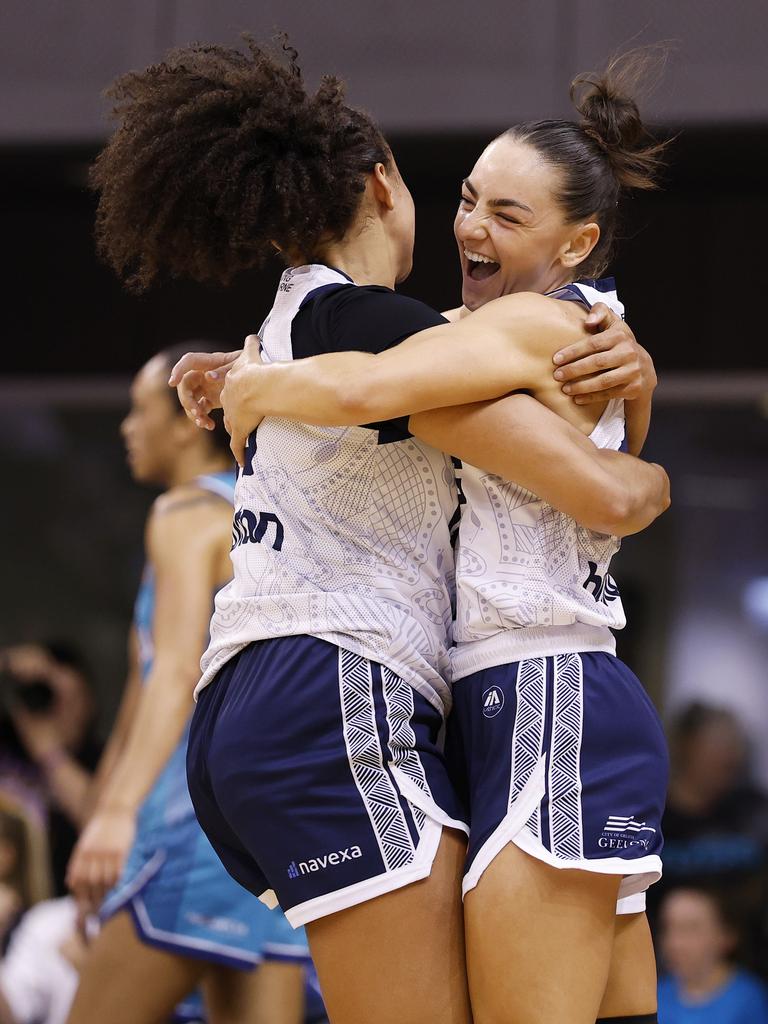
Best win
Geelong’s ongoing series against Southside Flyers has delivered on both entertainment value and dramatic finishes – both favouring United.
While their round 2 victory over the Flyers has sentimental value considering it was the franchise’s first-ever win, it was their second game against the Flyers that gets our vote.
Trailing by 13 points at the first break, United turned things around by half time before putting themselves into a winning position late in the game.
Though they were a second too late to pull the trigger to close the game by full time, they made up for it in overtime.
In just her second game with the team, Conti, acting as a decoy for Jones, found herself with the ball before hitting a two-point pull-up jumper with seven seconds left on the clock to win the game.
The two-point win also marked United first away win, and first-time winning back-to-back games.
Worst performance
Geelong’s season didn’t get off to the best of starts with a 26-point loss to Townsville Fire – though they get a pass here for first game jitters.
But they don’t get the same considerations for their round 5 loss to Sydney Flames – a 35-point drubbing effectively over by the third term.
Little went right on United’s first interstate trip, with former Geelong United NBL1 star Shaneice Swain playing the villain for the Flames.
Geelong had no answers for Swain, who hit seven three-pointers for 25 points, while United comparatively struggled on offence, at one point shooting 11 per cent from the field and 13 per cent from three compared to the Flames’ 44.
Season MVP
Captain Keely gets the chocolates here.
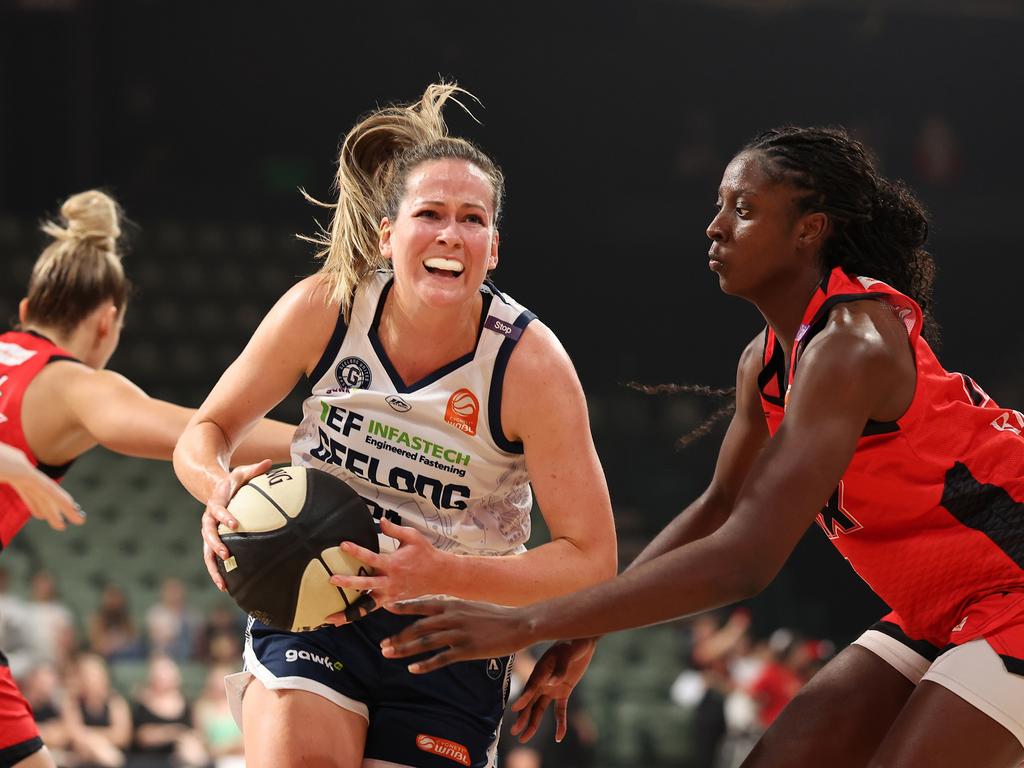
Incredibly important in United’s early games in the game, Froling set the tone from the start, putting up 15 points and seven rebound in their first game and featuring in two league team of the weeks by the third week.
In 11 games, Froling has posted six double-doubles and averaged 14.2 points and 9.6 rebounds, while facing plenty of physical attention in the paint and fighting through a couple games battling an inner-ear infection.
Froling and Jones, who is a close second for MVP, are the standard-bearers for the team and taken on huge workloads for the team, both averaging over 32 minutes a game.
Best individual performance
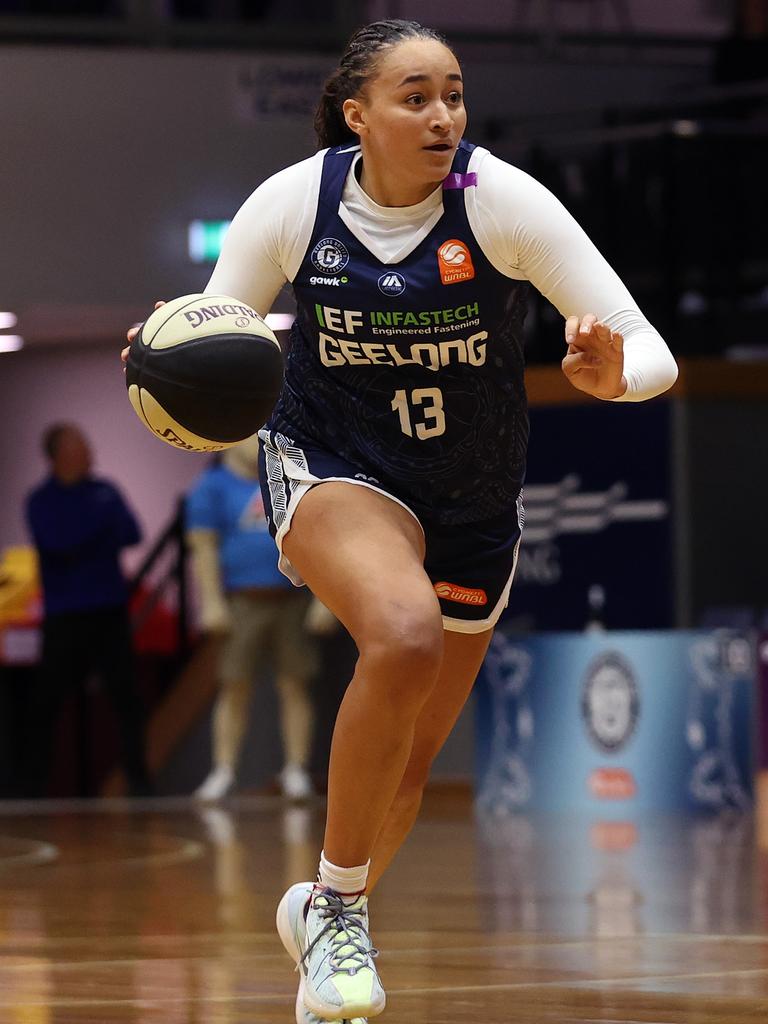
While Jones showed glimpses of what she could do in earlier games, it wasn’t until round 7 against Southside Flyers the guard really announced herself to the league to set in motion a series of consistent performances since.
The 23-year-old put up 27 points — a franchise record — as well as eight rebounds and eight assists in a well-rounded performance to spearhead the team’s subsequent overtime win over the Flyers.
Jones’ performance coincided with Conti’s recent injection into the line-up, thus giving the American more freedom to be aggressive and score.
Rookie of the year
In her first year in the league after a five-year college career, Elissa Brett ranks third in the team for average points (9.2).
She’s United’s most efficient scorer with a 42.7 field goal percentage, but it’s’ her three-point shooting that sets her apart.
The 24-year-old is top 10 in the league for average three-pointers made (1.8) and three ball shooting percentage (36.7).
But the Adelaide-born guard also backs it up with her defensive-mindedness, often tasked with guarding some of the opposition's’ top scorers.
Off-court gains
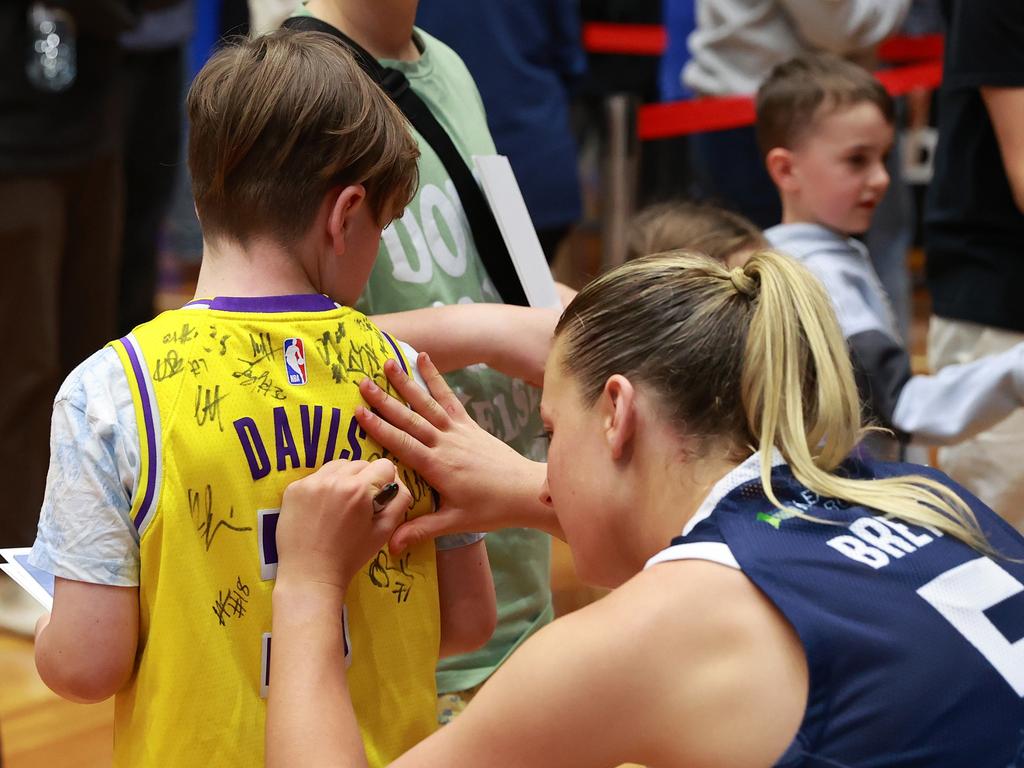
Alongside its on-court progression, United is seeking to build up its fanbase in its first year.
The club has averaged over 900 fans at its Geelong Arena home games, with its round 1 match, alongside its three Saturday night games, drawing over 1000 spectators.
A sellout would be high on the to-do list, but until then, the club has done a strong job on making home-games a strong spectacle with three wins, while their player entrances, interactive competitions during time-outs and breaks and post-match signature sessions all popular with the crowd.
Several players, such as Shelley, have also gotten involved in junior coaching, with Potter another to serve as an ambassador and mentor through Western Heights College’s Specialist Sports Program as the club and its players establishes strong ties within the local community.
New years resolutions
United coach Chris Lucas’ most pressing priorities in the second half of the season will be finding greater consistency in his players’ performances, as well as converting chances with ball in hand.
Better starts are needed, Geelong often trying to play catch up in games – six of their 11 games they’ve trailed by 10 points or more at the first break.
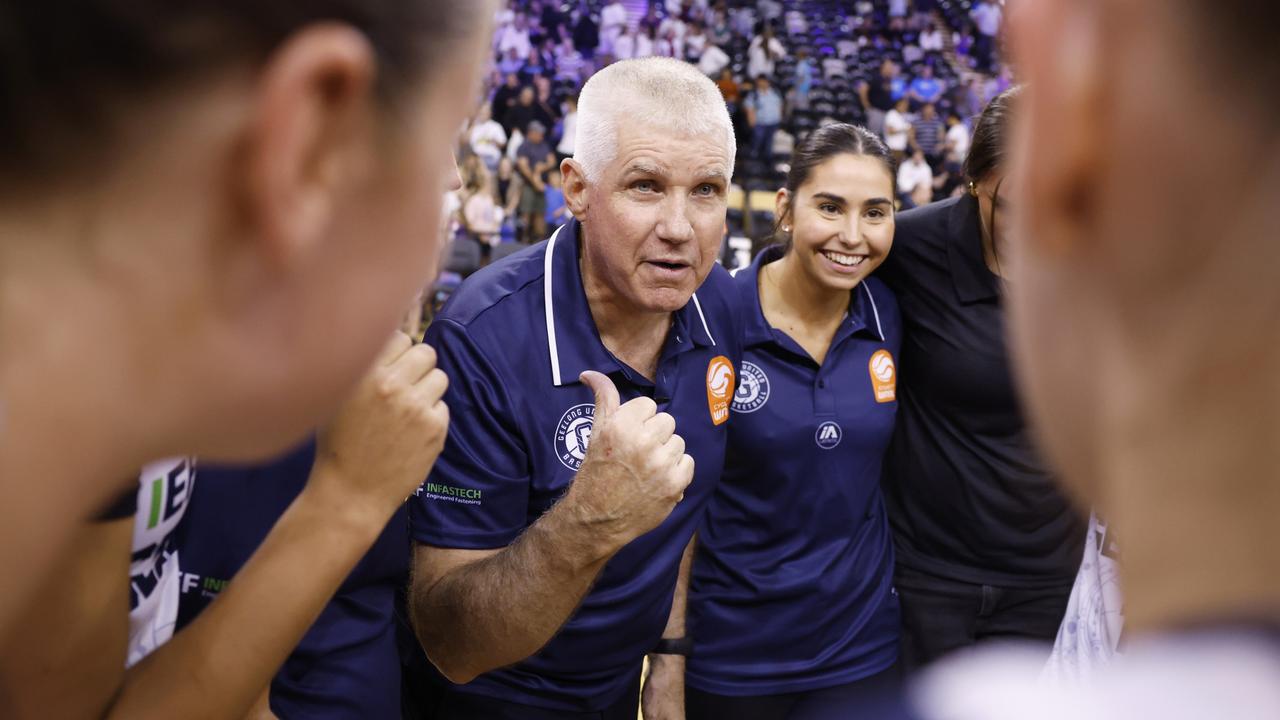
It’s hard to say who is the strongest starting five of this group outside Froling and Jones, with Lucas often tinkering with its make-up with any number of about eight players.
Geelong’s best start was in round 2 against Southside Flyers, shooting 30 to 22 in the first quarter, with Shelley, Potter and Brett joining Froling and Jones in the five, but their worst start — a 16-point deficit to Bendigo – also boasted the same starting five.
Early games would have been a chance to unearth the best combinations from any number of situations, and Lucas has admitted some have worked better than others.
But while it’s good to be able to call upon any number of people to play certain roles when needed, confusion can occur when too many things change so finding some sense of stability in the line-up would be ideal, while more cohesion and better finishing on offence is vital to putting up matchwinning scores.
Lucas said he needed to find Jones better shots, the import shooting at 41.6 per cent but often attempting to put the team on her back at times by trying to take a momentum-swinging basket by force.
It’s a scenario we see from others at time, with United collectively able to put up enough shots but lack the poise to make sure it’s the right shot at the right time – and looking rushed as a result.
Mid-season grade: B
- Geelong and UC Capitals tip off 12.30pm Sunday at the AIS Arena. Watch live on 9Now.
More Coverage
Originally published as Mid-season report card: Geelong United’s best and worst games, star performers so far




